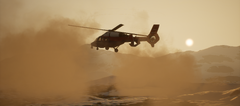- 7 replies
- 4,005 views
- Add Reply
- 13 replies
- 6,599 views
- Add Reply
- 3 replies
- 4,501 views
- Add Reply
- 4 replies
- 3,919 views
- Add Reply
- 2 replies
- 3,344 views
- Add Reply
- 0 replies
- 5,606 views
- Add Reply
IL2 Update 3.005 Update and (preorder)

By 76.IAP-Blackbird,


Update 3.005
Dear Pilots,
After months of preparation and planning following our big announcement this past Fall, we are proud to announce the Release of version 3.005 and launch of Early Access for both Flying Circus- Volume One and Tank Crew - Clash at Prokhorovka. They are now both available for purchase in the IL-2 webstore and making a purchase gives you access to new content as we roll it out and before the product is final.
Flying Circus – Volume O
DCS News & Modern Air Combat

By MigBuster,
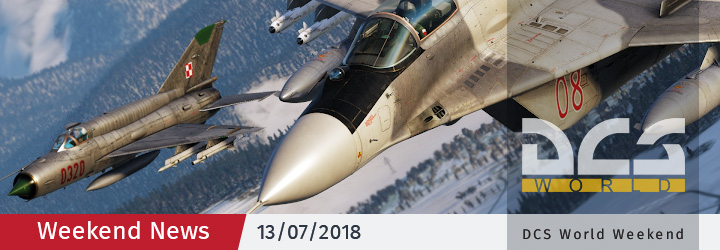

Modern Air Combat by Eagle Dynamics Coming this Autumn!
Developed by the same studio that brought you the wildly successful Lock On, Modern Air Combat (MAC) brings you one game with 14 unique combat aircraft to own the sky! MAC aircraft include:
F-15C Eagle. US air superiority fighter with 104 kills to 0 losses record.
Su-27 Flanker B. Russia's dominate heavy air superiority fighter.
Su-33 Flanker D. The Russian navy'
Il2 DD Update Dev Blog 197 "Flying Circus" WWI

By 76.IAP-Blackbird,


Dear Friends,
Today I would like to tell you about what we plan for Flying Circus – Volume One and show you some WIP screens of our first two aircraft which are ready for Early Access release this month! But first let’s take a minute and talk about how we came to make Flying Circus and the challenges that we face in developing it.
Of course, Flying Circus is going to essentially be our spiritual sequel to our ground-breaking WWI simulator Rise of Flight: The F
DCS Weekend news and Sale

By MigBuster,
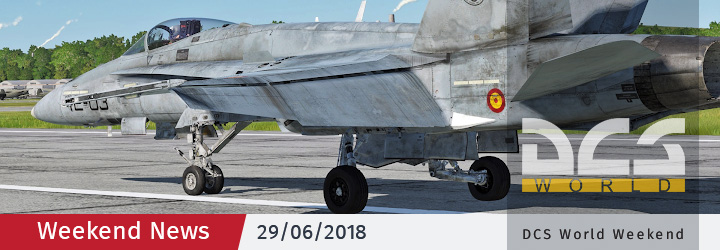

DCS World Summer Sale!
Our DCS World Summer Sale will only last seven more days, and this will be our last e-Shop sale until the end of 2018. If there is a module you have your eye on, now is the time to act. Save 50% off on most DCS World titles from our e-Shop!
Summer Sale Trailer
MiG-23 Flogger in the middle east

By MigBuster,
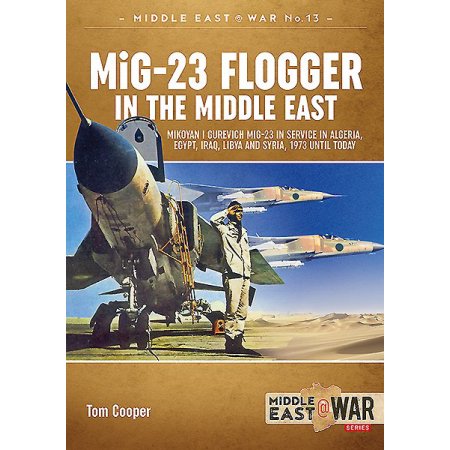

If you wanted to know more about all those targets in Strike Fighters you were blasting out of the sky all these years well now is your chance.
Didn't the Red Eagles fly the MiG-23 and say it was rubbish and that is all I need to know? Unfortunately, the Red Eagles only flew (as far as we know) the MiG-23MS which was a very special version for third world countries. Special in that it was a modified MiG-23M airframe with MiG-21 avionics and short range IR missiles and yes the Red Eagles we
Il2 DD Update Dev Blog 195 (OMG Tanks!)

By 76.IAP-Blackbird,
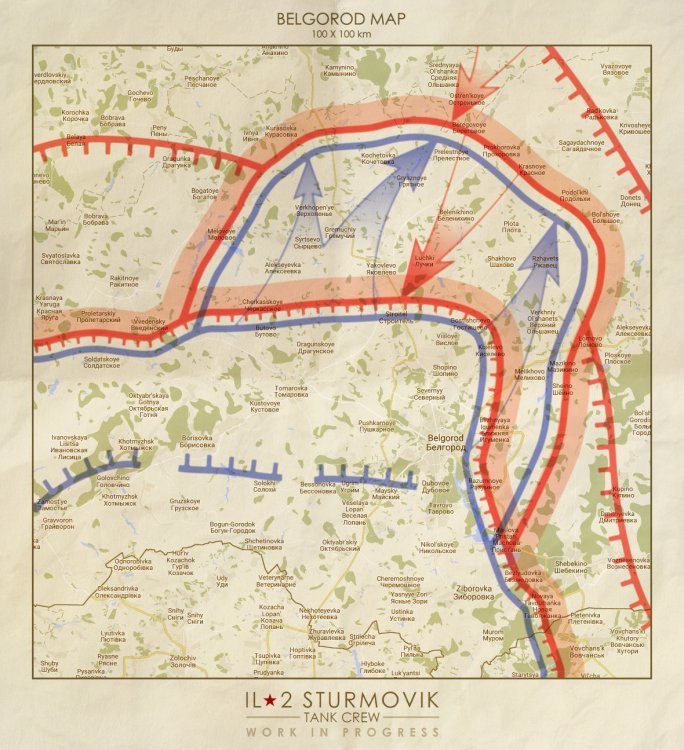

Dear Pilots and Drivers!
We start this Dev Blog with a somber reminder that 77 years ago, on June 22, 1941, German troops, under the control of the Nazi regime in Berlin, launched the largest invasion in the history of warfare. They crossed the Soviet Union border in a surprise blitzkrieg attack obliterating the non-aggression pact signed between Germany and the USSR. This escalation of WWII would forever change the history of the USSR and the rest of the world. Modern history






